Fastest Shutter Speed and How It Affects Photography
Shutter speed plays a significant role in photography to define the movement it freezes. The fastest shutter speeds are capable of freezing swift movements, presenting sharp and clean images. Still, it is important to realize when and how to utilize them to prevent mistakes. This article explains what camera has the fastest shutter speed, the effects of the fastest shutter speed on image sharpness, their right use, problems they can introduce, and their solutions to benefit your photos.
Video Tutorial to Enhance an photo with FotorPea:
Part 1: Understanding the Fastest Shutter Speed in Photography
Shutter speed refers to how long a camera sensor is left open to light. Expressed in fractions of a second (e.g., 1/1000), a fast shutter speed allows less light to hit the sensor, which is helpful in freezing quick motion without blur. Common fast shutter speeds are 1/500, 1/1000, and 1/2000 seconds. Utilizing a fast shutter speed is the most beneficial where there is sport photography, wildlife photography, or photographing moving objects very fast. It stops the motion, and you get clear and crisp photographs.
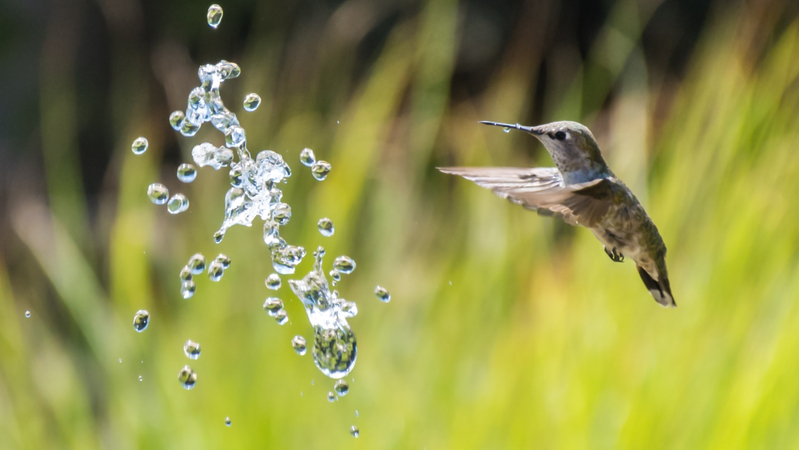
Part 2: When to Use the Fastest Shutter Speed?
The fastest shutter speed assists you to stop action. That is, you are able to photograph objects in fast movement without them appearing fuzzy. Irrespective of whether you are capturing a football match or a flying bird, you require proper shutter speed. You should be aware when you can employ speedy shutter speed. It varies on the basis of what you are capturing and the amount of light at your disposal. Let us understand when to utilize speedy shutter speed and obtain your picture as sharp as it can be.
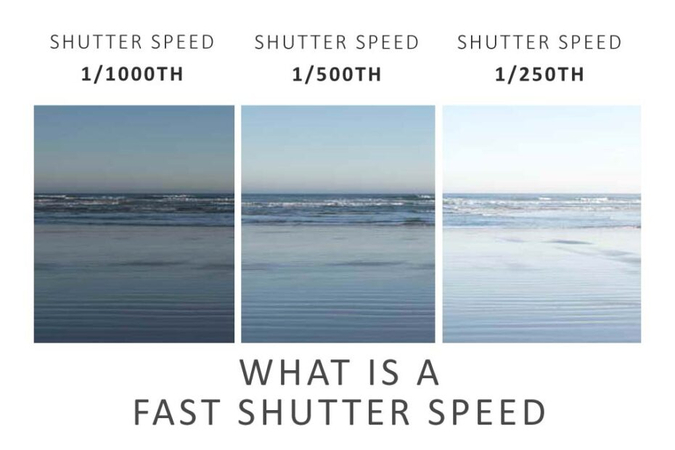
Sports and Action Photography
In sports, action is happening in a fraction of a second. The athletes are running, jumping, and sprinting on the pitch. In order to freeze the very instant at which an athlete kicks the ball or crosses the finish line, you will require a high shutter speed of 1/1000 or higher. Experiment by taking pictures with the burst mode of your camera. It allows you to take numerous photographs with unbelievable speed without sacrificing the motion.
Wildlife and Bird Photography
Wildlife and particularly birds are instant and swift on the move. A rapid shutter speed allows you to lock them in clear definition-such as a flying bird or buck springing. Begin at 1/2000 for aerial birds and utilize accordingly in sunny environments.
Fast-Moving Vehicles
Be it a motorcar race or motorbikes blurring by, rapid shutter speed will freeze moving cars in hard focus. That is also optimum for street shooting or motorsport if you would like clean, clear photos of moving cars. Have a shutter speed of at least 1/1000, depending upon the speed of the subject.
Children or Pets in Motion
Children and pets never sit still. They move around, and this leads to blurry pictures with a slow shutter speed. Clear and smiling images without motion blur are taken by a faster shutter. An average speed of around 1/800 should be enough for indoor movement.
Water Droplets and Splashes
Want to freeze a splash of water or a droplet of water falling? High shutter speed will capture those little moments. The technique is ideal for creative photos or product shots. Utilize 1/2000 or more to freeze each drop clearly.
Bright Outdoor Conditions
Although nothing is moving at maximum speeds, direct sunlight can make a fast shutter speed the optimal option. It avoids overexposure and yet keeps the snaps sharp. When it's a sunny day, you can get a fast shutter speed without raising ISO too high. It provides your photograph noise-free and tidy.
Part 3: Common Issues Even With Fast Shutter Speed
Shutter speeds are used quickly to freeze movement and capture sharp shots, but sometimes even that does not occur. Even with a fast shutter mode such as 1/1000 or 1/2000, cameramen do not escape some of the usual problems such as black shots, blur, and soft shots. The majority of the usual problems which happen, along with the reason for these, are discussed below.
Underexposure Due to Less Light
If the shutter speed is extremely quick, the camera sensor remains open to light for a very short time. Little light reaches the camera in this manner. Your picture will be too dark if you are photographing indoors or when lighting is poor. This can even happen if you are outside if the sun is obscured or when you are under shade. To remedy that, the settings of the camera must be manipulated.
Camera Shake Despite Fast Speed
It sounds foolish to say, but even when you have a fast shutter speed, your own hand can blur the picture if you move it at the moment of the photograph. It is more likely to happen if you are photographing with a tele lens or in a rush snapping pictures. If you're holding the camera at a tilt, even minimal movement will affect the result. This is especially the case when you're trying to capture clear photos from a distance.
Motion Blur From Extremely Fast Subjects
At other times the subject is traveling too fast for the shutter to capture, like when attempting to take pictures of birds in flight, automobiles racing around a track, or sports stars working. Although your shutter is quick, if it is not quick enough for that particular movement, the subject will still be blurry. The blur will tend to be at the periphery of the subject, where there are most movements.
Missed Focus or Incorrect Focus Point
Something else that might occur is when the camera fails to focus properly even when the shutter speed is fast. When the focus is wrong, the subject will remain soft or blurry anyway. This typically occurs when the camera receives the wrong focus point or the subject moves out of focus quickly. It's definitely worth double-checking your focus settings before shooting and ensuring that your camera is locking focus on the correct area of the scene.
Part 4: A Simple Way to Fix Blurred Shots After Shooting Fast
Even with an even fast shutter speed, blur can still be present. It can be caused by camera motion, moving objects, or even slipped focus. At moments such as these, it is infuriating to miss a nice photo because it is fuzzy or soft. Thankfully, this can often be corrected after you have taken the photo. Having a high-quality editing program allows you to restore sharpness and clarity. Among the best tools to accomplish this is HitPaw FotorPea, a simple yet powerful online photo editor that particularly addresses enhancing image quality in a matter of a few easy steps.

- Employs smart AI technology to retouch blurry photos and recover lost details efficiently.
- Removes low-light photo noise and grain without rendering them unnatural or excessively smooth.
- Trims edge so that features such as faces or objects appear cleaner and sharper.
- Adjusts brightness, contrast, and color to even out light or dark patches in your photo in real time.
- Functions in your browser directly without the necessity of installing heavy software or complicated tools.
Detailed Guide to Use HitPaw FotorPea
Step 1:Open the HitPaw FotorPea application. You can either click to select your blurry image or simply drag and drop it into the workspace for quick access.

Step 2:Once your image is uploaded, choose the Face Unblur model from the available options. This model is specifically designed to restore clarity to blurred facial features.

Step 3:After selecting the Face Unblur model, the software will automatically start analyzing and enhancing your image. There's no need to adjust any manual settings.

Step 4:When the processing is complete, you'll see the improved, unblurred version of your image. Click the Export button to save the final result to your device.

FAQs
Q1. What is the fastest camera shutter speed?
A1. Most contemporary cameras have 1/8000 seconds shutter speeds. Through that, the photographers are made able to halt swift actions effectively.
Q2. Will you be working at high shutter speeds in poor light?
A2. Yes, you will have to compensate elsewhere, i.e., work with high aperture or high ISO as a compensation for lesser loss of light in exposure.
Q3. How do you avoid underexposure with the quickest shutter speeds?
A3. In avoiding underexposure, you either have an option of a higher aperture or switching the ISO value higher to increase more light on to the sensor.
Conclusion
The effect of the fastest shutter speed on image sharpness is the foundation in capturing clear and detailed images. While as much as they permit action freezing, knowing concepts such as underexposure and depth of field limitations enables greater control in your photography. Some programs such as HitPaw FotorPea also exist that can be used to further enhance your photos, remove blur, and make them more appropriate. Learning these processes with the proper equipment enables photographers to achieve results similar to those in professionals' work.




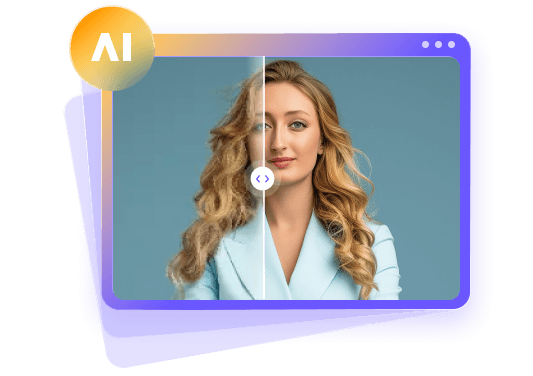





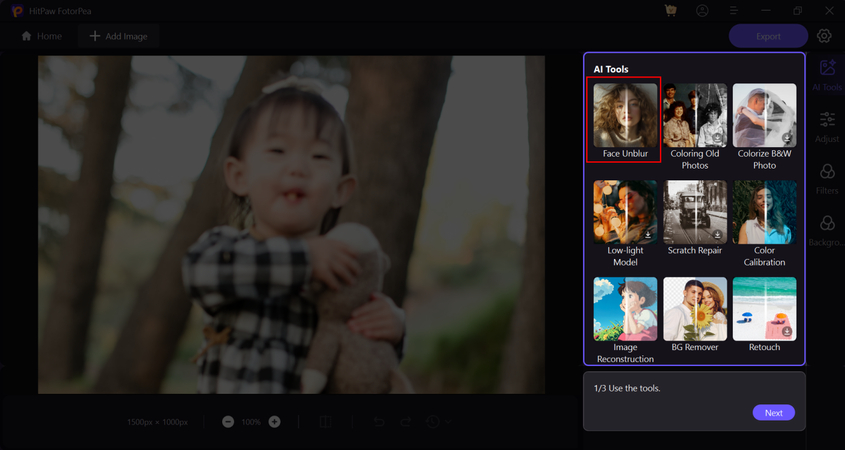
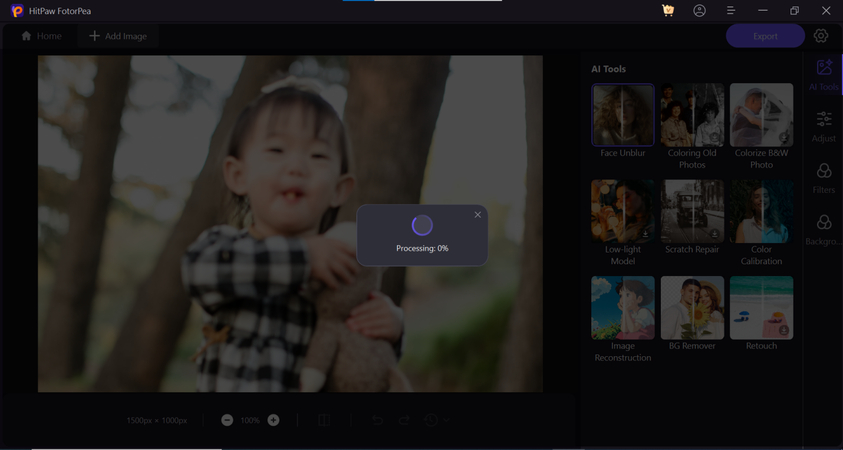
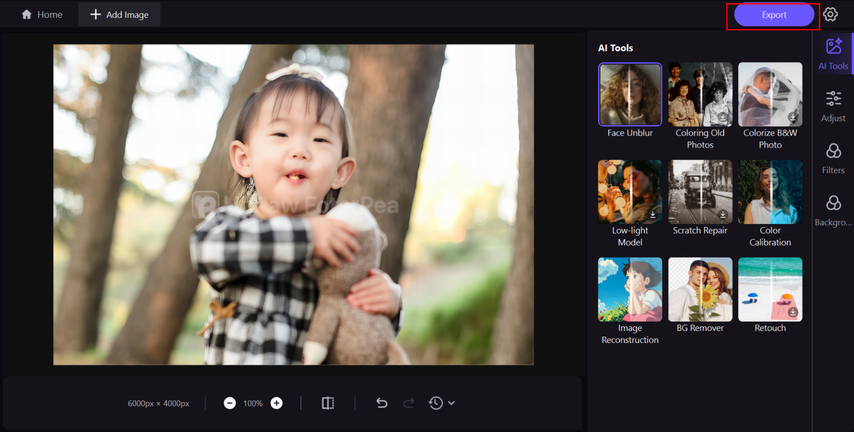
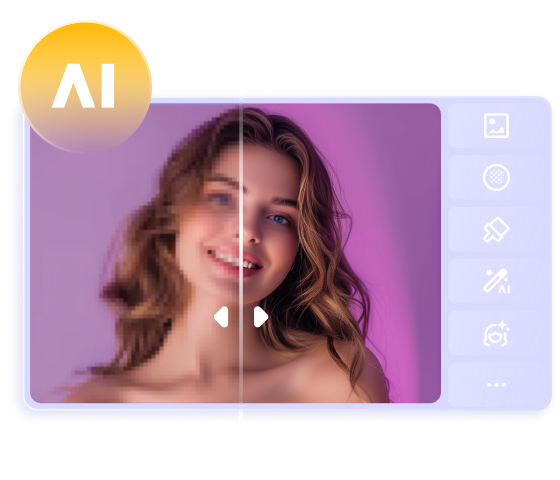
 HitPaw Univd (Video Converter)
HitPaw Univd (Video Converter) HitPaw VoicePea
HitPaw VoicePea  HitPaw VikPea (Video Enhancer)
HitPaw VikPea (Video Enhancer)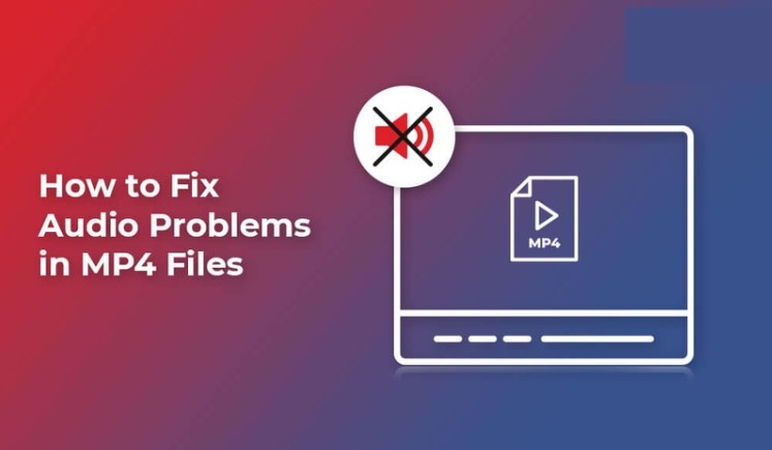

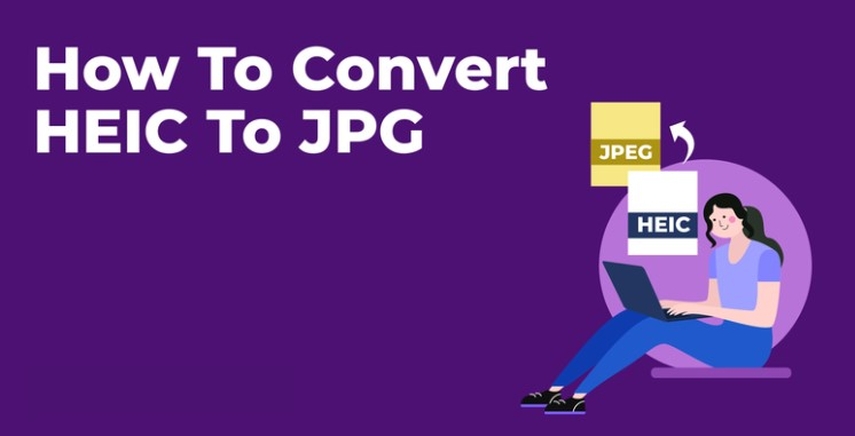

Share this article:
Select the product rating:
Daniel Walker
Editor-in-Chief
This post was written by Editor Daniel Walker whose passion lies in bridging the gap between cutting-edge technology and everyday creativity. The content he created inspires the audience to embrace digital tools confidently.
View all ArticlesLeave a Comment
Create your review for HitPaw articles